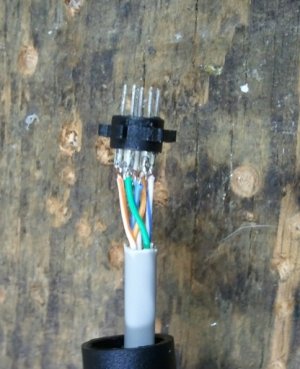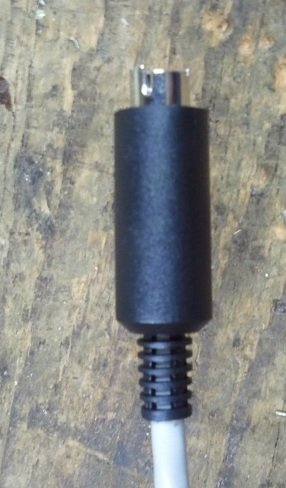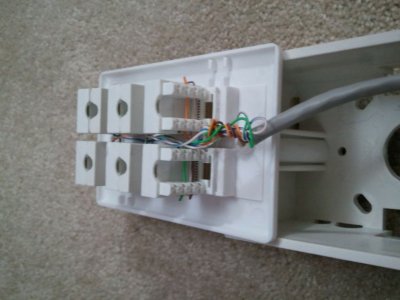jrpark22000
New member
Next strip the cat5e cable and measure to ensure the gray sheilding will still be witihn the completed mini-din.
Then color code can be your choice. An industry standard for telecom is;
blue, bl/w, green, g/w, orange, o/w, brown, br/w.
As the Apex only uses 7 pins I cut the brown/white wire off. Then strip an ever so small amount of the shielding from each wire.
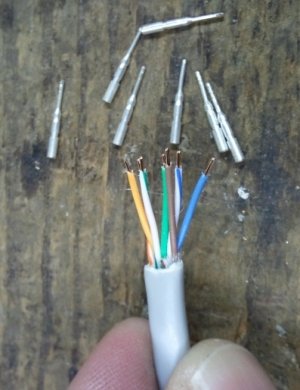
Your ready to solder, just be careful not to leave and solder buggers on the pins as they may short out once assembeled in the slug.
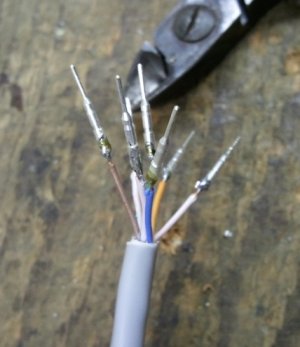
Then color code can be your choice. An industry standard for telecom is;
blue, bl/w, green, g/w, orange, o/w, brown, br/w.
As the Apex only uses 7 pins I cut the brown/white wire off. Then strip an ever so small amount of the shielding from each wire.

Your ready to solder, just be careful not to leave and solder buggers on the pins as they may short out once assembeled in the slug.


